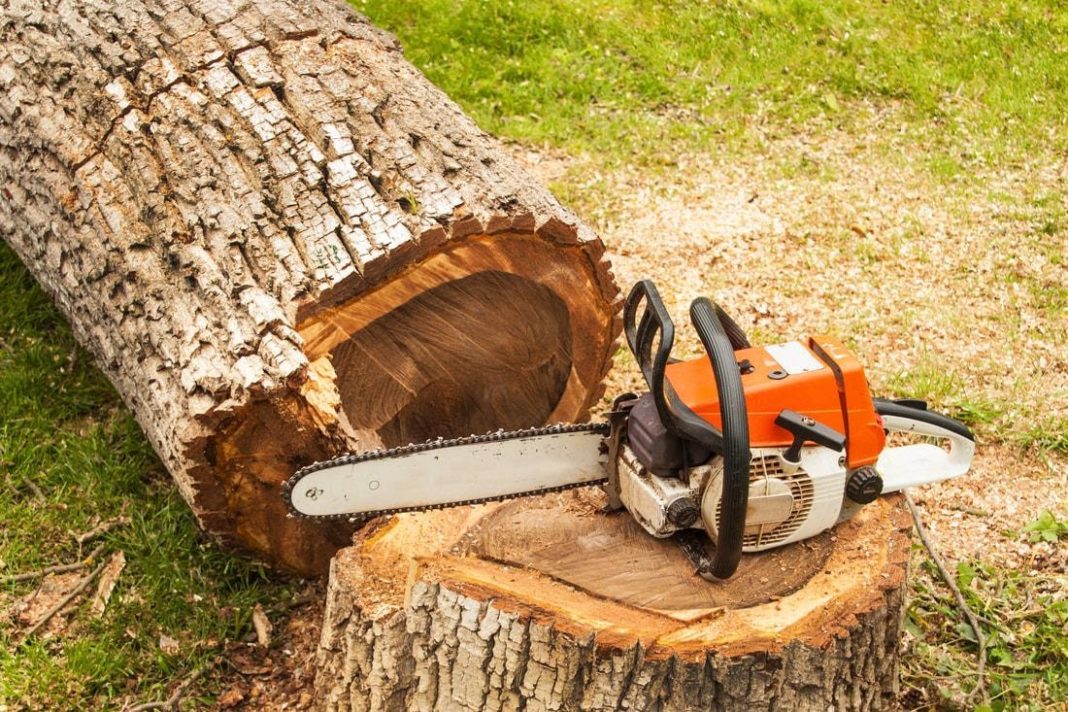When you want to remove a tree from your property you need to make sure first that you have permission to do so. If you do not you could see fines. There are different rules from one council to another but the Local Environmental Plans and Tree Preservation Orders guide the decisions. In certain designated areas you might be able to clear certain vegetation without needing approval. There are a number of reasons property owners might be looking into removal and tree lopping costs. But before you rush it in make sure you are following local regulations and that you have a permit. In general, fallen trees or dead trees that are close to your home, within 3 to 5 meters, you are allowed to remove without permits.
When you need a permit
The following are examples of when you can and when you cannot remove a tree from a residential house in Australia though as mentioned look into local laws. Any tree service you hire, as well as discussing tree lopping costs you can ask about whether you need a permit and they should know.
Situations where a permit may not be needed in many cases;
- Fallen trees
- Trees that were damaged in a storm and are a hazard
- Dead trees
- Trees that are a potential danger in case of a fire within 10m of your home
- Any tree species that are a pest
- Palm trees
- Any trees that are close to the foundations of your house, within 3m
Endangered or protect trees
For any protected tree or endangered tree in Australia, you will need approval. These trees are rare or almost extinct here and need protection. Only in very exceptional circumstances would the council grant a permit to cut down and remove a healthy endangered tree. It is illegal to do it otherwise and as well as paying the tree lopping costs and removal costs you would then face some pretty serious fines. Just of a few of the trees that have such protection include;
- Cider gum trees
- Burdett gum trees
- Silver mallets
- Mukinbudin mallee
Was it planted as part of a government program?
It is possible that the tree was planted on the edge of your property on local or federal land as part of a government program for revegetation. You, or a past owner, might have gotten a grant to plant the trees. You cannot cut down these trees without a permit if that is the case. Trees planted under these programs have protection. If the trees are on boundary lines but were not planted as part of a program then you still need a permit.
Significant trees in terms of local history
Some trees become historically significant to the area and cutting down such a tree without a permit comes with large fines. These kinds of trees have been around for a few hundred years and before you do anything to them are start asking about tree lopping costs for them, you need to talk to someone at your local forestry office.
There are many ways to sell your house fast, but there is no one-size-fits-all solution. You need to find out which method works best for you and your situation

Thomas Jackson is a dynamic and talented content writer at WonderWorldSpace.com, renowned for his engaging and informative articles. Beyond his professional pursuits in writing, Jack is also known for his deep passion for fitness, which not only shapes his lifestyle but also influences his work.


